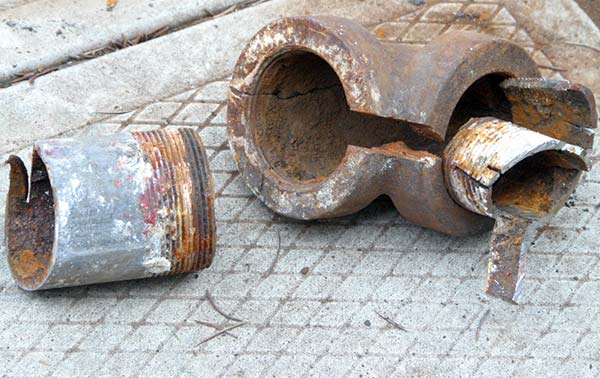ChasB
New Member
I know this may be tough to answer but I'll ask anyway. The only shutoff I have for my water supply is at the street (this is in Renton, Washington). The house was built in 1967 and they did not put a shutoff in the crawl space. I'd like to put one in but the best place for it would be right after it enters the house (see the pic). The water main is the original. Would you experienced plumbers consider it very risky, somewhat risky or not risky at all to saw the line open at that point. My concern is that the vibration from the saws-all and cranking on the pipe could result in a break between the house and the street. FYI on the pic --- the pipe going left is to a bib faucet. The other pipe is a 30 foot long section, so I could cut that long section instead of that first vertical 18-inch section --- maybe that's less risky?


